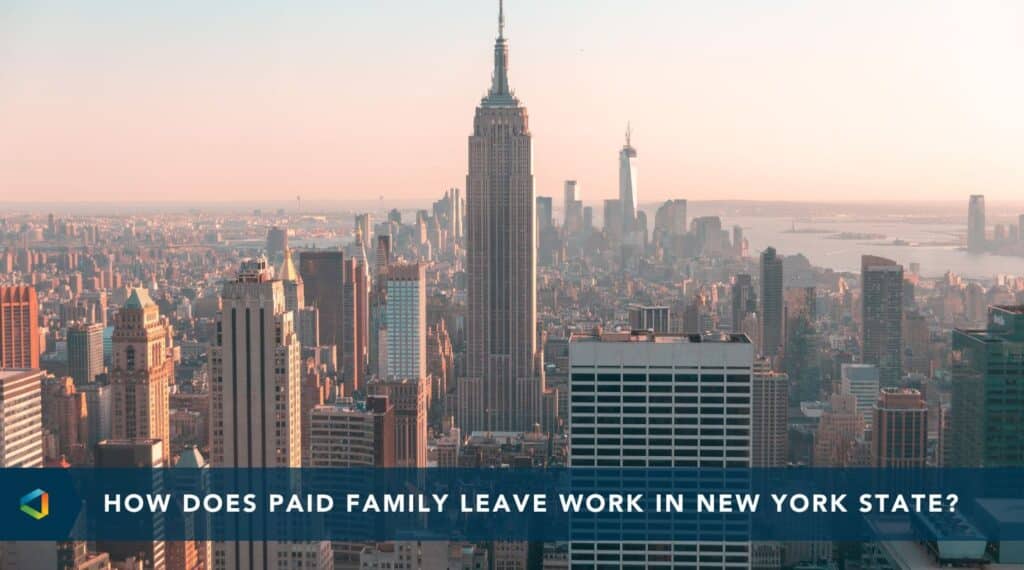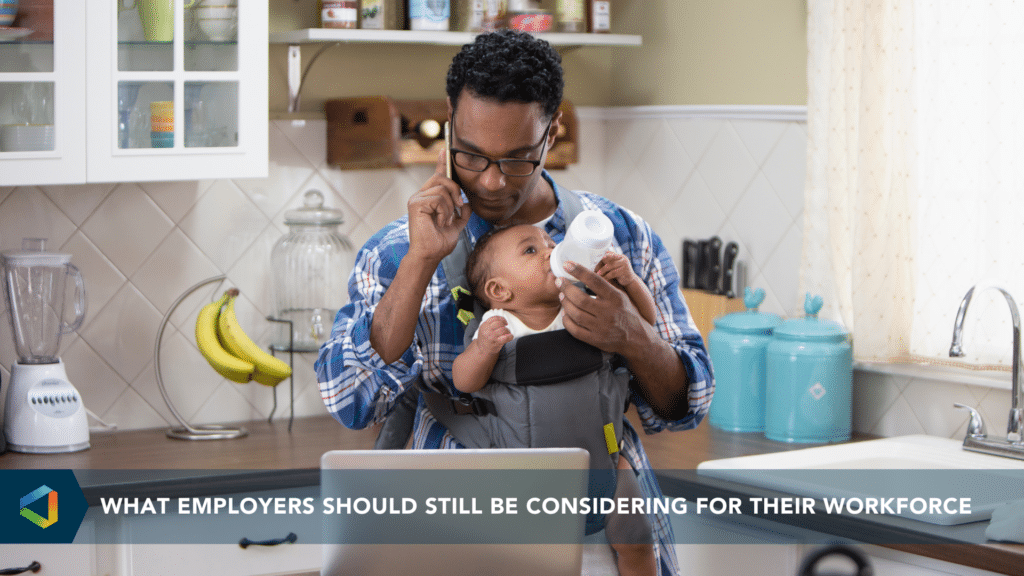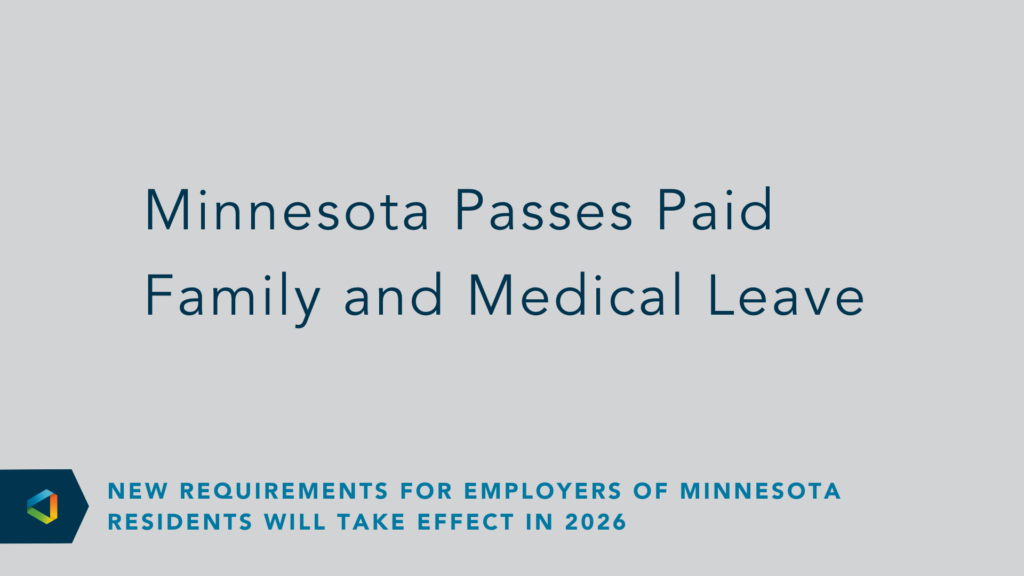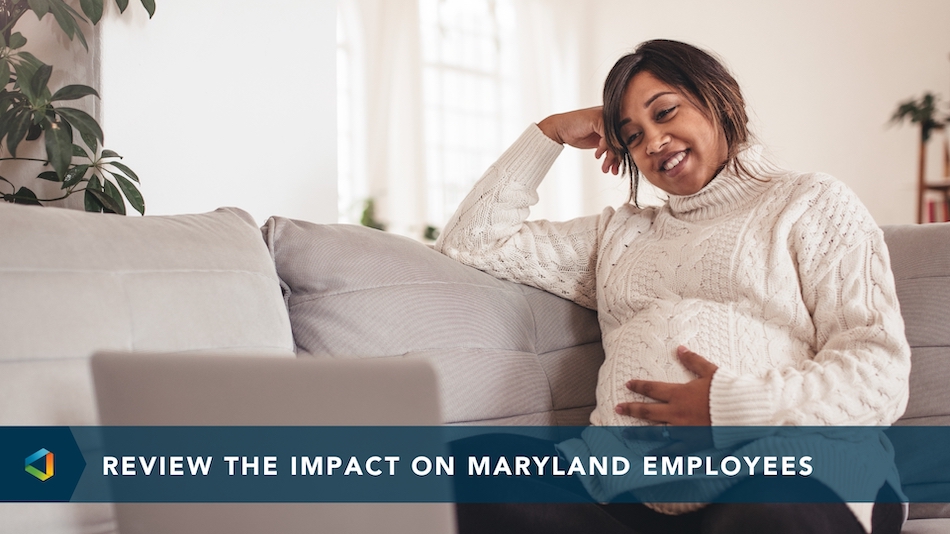Better Benefits
Tax Credits under the Families First Coronavirus Response Act
Tax Credits under the Families First Coronavirus Response Act
In support of the Paid Sick Leave and Paid Extended Family and Medical Leave under the Families First Coronavirus Response Act (FFCRA or Act), there are two new payroll tax credits recently announced by the U.S. Department of Labor, U.S. Treasury Department and the Internal Revenue Service that will provide employers with reimbursement for the cost of providing Coronavirus-related leaves to employees.
The two payroll tax credits are as follows:
Paid Sick Leave Credit
-
For an employee unable to work because the employee is quarantined (pursuant to Federal, State, or local government order or advice of a health care provider), and/or experiencing COVID-19 symptoms and seeking a medical diagnosis, eligible employers may receive a refundable sick leave credit for employees at the employee’s regular rate of pay (up to $511 per day and $5110 in the aggregate, for a total of 10 days)
-
For an employee unable to work because of a bona fide need to care for an individual subject to quarantine (according to Federal, State, or local government order or advice of a health care provider), or to care for a child (under 18 years of age) whose school or child care provider is closed or unavailable for reasons related to COVID-19, eligible employers may claim a credit for two-thirds of the employee’s regular rate of pay (up to $200 per day and $2000 in the aggregate, for up to 10 days)
-
Eligible employers will also be entitled to an additional tax credit which will be determined based on the costs associated to maintain health insurance coverage for the leave period when the eligible employee was unable to work
Child Care Leave Credit
-
For an employee (employed for at least 30 calendar days) unable to work due to a bona fide need for leave to care for a child whose school or child care provider is closed or unavailable for reasons related to COVID-19, eligible employers may receive a refundable child care leave credit equal to two-thirds of the employee's regular pay, capped at $200 per day or $10,000 in the aggregate
-
Up to 10 weeks of qualifying leave can be counted towards the child care leave credit
-
Eligible employers will also be entitled to an additional tax credit which will be determined based on the costs associated to maintain health insurance coverage for the leave period when the eligible employee was unable to work
Who Does This Apply To and How Will It Work?
-
Paid sick leave and expanded family and medical leave provisions of the Act apply to certain public employers and private employers with fewer than 500 employees. Small businesses with fewer than 50 employees may qualify for an exemption from the requirements if the leave would jeopardize the viability of the business.
-
Employers receive 100% reimbursement for paid leave in accordance with the Act
-
Dollar-for-dollar tax offset against payroll taxes; businesses will be able to use funds that would otherwise be paid to the IRS in payroll taxes and can submit a claim to the IRS for an advance if those amounts do not cover the cost of the paid leaves
-
Health insurance costs are also included in the credit
-
Employers will not face a payroll tax liability
-
Self-employed individuals will be eligible to receive an equivalent credit
Questions?
Additional information on these payroll tax credits including examples of how this will work can be found at Coronavirus Tax Relief on the IRS.gov website.




